Tibet Weather in Spring
Generally, The spring in Tibet is always late, roughly from March to May every year, slightly colder than the inland areas.
In March, the temperature rose slowly. The average temperature was between minus 3 degrees Celsius and 8 degrees Celsius. The temperature at noon was the highest. The air in the spring was inflated and contracted. The wind in Tibet will increase and the body feels cold.
Turning into April, Tibet officially entered the spring, with an average temperature between 0 degrees Celsius and 15 degrees Celsius. The temperature difference is relatively large. Although the temperature rises, the precipitation begins to increase gradually. In some mountainous passes, it is easy to encounter extreme weather such as sleet or blizzard.
In May, Tibet, the average temperature is between 6 degrees Celsius and 20 degrees Celsius. You can wear long-sleeved T-shirts during the afternoon, but you need warm coats or jackets at night. The climate generally shows cold and dry in the northwest, the southeast is warm and humid, and the weather changes are complex and diverse. The weather conditions such as the sun, rain and wind and snow are all likely could be happening.
Recommended activity to join in Tibet during Spring:
Nyingchi Peach Blossom
The average temperature of Linzhi in spring is 3 °C ~ 15 °C. The overall temperature difference is smaller than other parts of Tibet. Windbreakers, jackets and thin coats can be worn during the daytime. Due to the influence of the Indian Ocean warm current throughout the year, the climate in Nyingchi are humid and warm, and spring is the very suitable season for hiking.
The most impressions that Tibet gives are temples, blue skies, plateaus, Snow Mountains, cattle and sheep, and various Tibetan cultural activities. The beginning of the year is a green start in spring, but Tibet can start with pink, which is the annual Nyingchi Peach Blossom Festival. In the middle and late March, Nyingchi peach blossoms were in full bloom, and the mountain villages were gradually wrapped in pink, and the Yarlung Tsangpo River flowed through, as beautiful as the paradise. From the roads of Nyingchi to Mainlin, there are a large number of peach blossoms piled up on the banks of the river.
Other places worth visiting during spring:
Various special events are very interesting, such as: Tibetan folk bonfire party, tea tasting & watching lanterns, selection of peach fairy and so on.
Lulang Forest
The Lulanglin Forest is a valley far from the city. The Gesang Flowers and wildflowers in the valley are slowly waiting to be blossoming. The spring meadows are just green, the air is fresh and grassy, and every nature is just seems to be waking up.
Lhasa City
The spring in Lhasa is slightly later than in the Nyingchi area. In March of this time, there may be some snow drifting. The temperature will drop to minus 5 degrees Celsius in the evening, and the maximum temperature during the daytime may reach up to 8 degrees Celsius. The treetops have just sprouted, and they can only hold thick winter clothes. The pilgrims in front of the Jokhang Monastery still bow down piously and pray for a beautiful beginning of the year.
If you wish to look for the shadow of the early spring, you can find many birds, jackdaws and spring buds in the Zongjiao Lukang Park behind the Potala Palace.
Ngari Region
In April, Ngari is a place of hardship on the plateau. If you want to turn to the mountains, you must be fully prepared. Ngari's annual precipitation is quite small and seasonal. From October to next April, the amount of precipitation is extremely small, and between May and September, the rainfall is very concentrated, generally accounting for more than 80% of the annual precipitation. Due to high altitude in Ngari Region, the climate is cold and dry, annual rainfall is quite small, and the temperature difference between day and night is large. The winter is long and cold in Ngari Region. The highest temperature in Ngari is the generally occurring at 14-15 hours, and the minimum temperature in Ngari generally occurs in the morning 5-6am, and the temperature is around 0~12 degrees Celsius.
It is recommended to go to Ngari after May, the climate is slightly moderate, the wind is relatively small at this time, and the windy weather accounts for about one-third of the year, belongs to the second-class wind area.
Notifications on Visiting Tibet in Spring:
1, In March, the temperature in Lhasa and Shigatse is still relatively low, and there may be light snow during the cold wave. However, the southern mount of Nyingchi has warmed up gradually, and feels moist and comfortable. However, the temperature difference between morning and evening is still relatively large, and it is necessary to prepare cold-proof clothing and keeping warm.
2, From April to May in the spring, you can wear a long-sleeved shirt or jacket during the day. At night, you need to wear a warm coat or a jacket.
3, The rain drops a lot during the night time. After the increase of spring precipitation, during 20:00 p.m. to 08:00 a.m. The night rain rate in Lhasa and Shigaze is very high, and can reach over 80%. In southeast Tibet and the Himalayas, there is lesser rain at night. Try to stay out of the rain at night, by keeping indoors.
4, Most hotels also open the door to welcome guests in March, the price is reasonable, does not have to worry the reception capacity problem. In some areas, the heating may not be able to use normally, please confirm with the hotel in advance.
5, In the spring, many cycling enthusiasts came to the scene. In the early spring, the climate is dry and cold, sometimes encountering wind and sand, etc., so it is recommendeded to avoid the Ngari Region and the mountain pass, and let the local professional tour guide will lead the team.
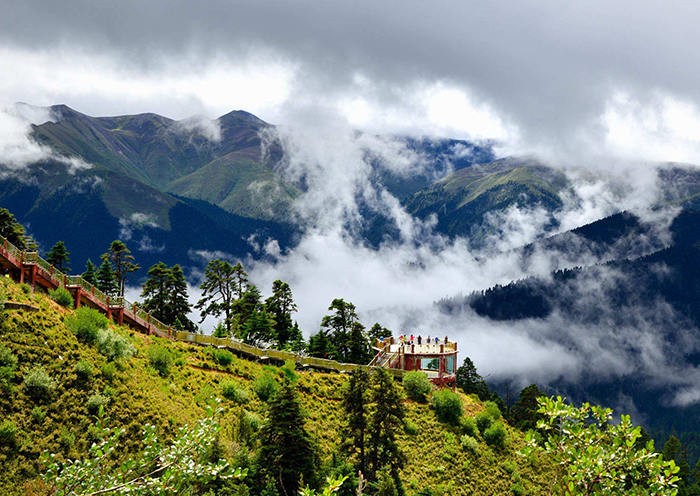
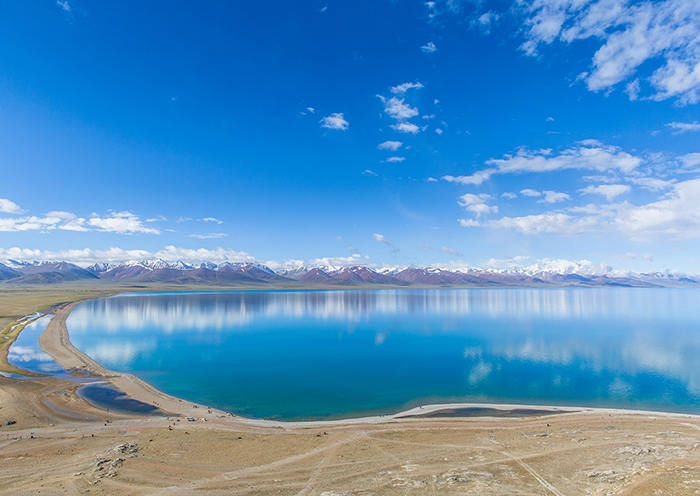
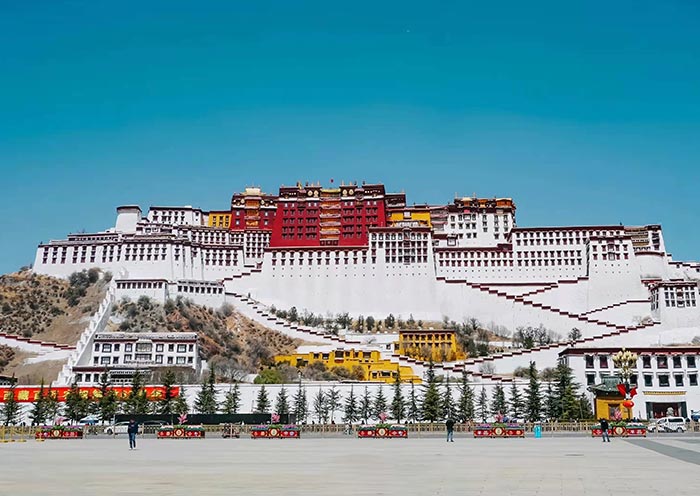
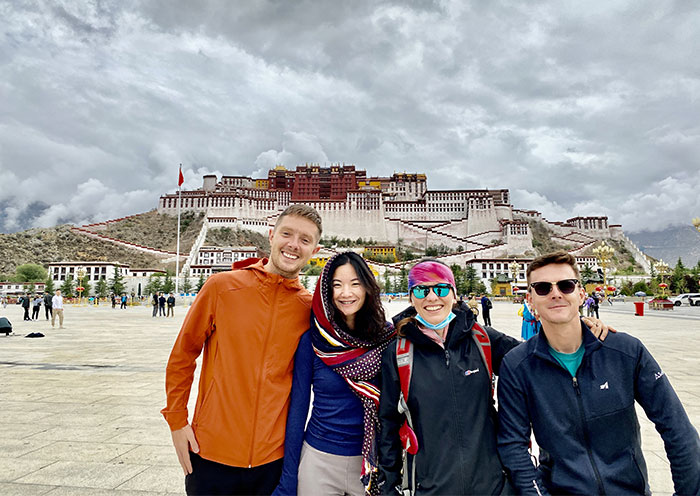
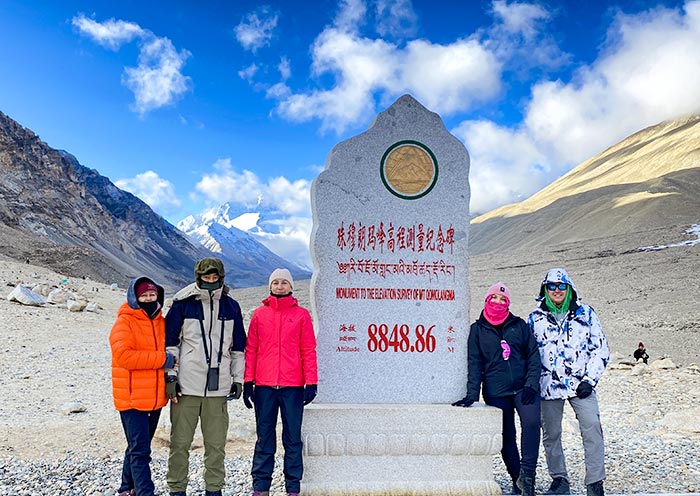
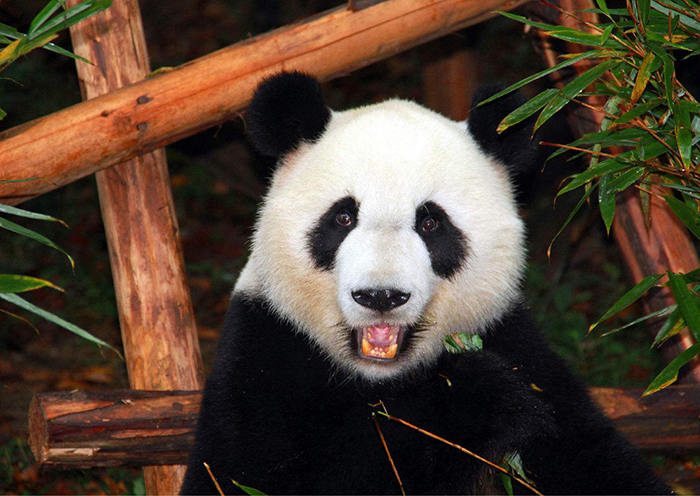
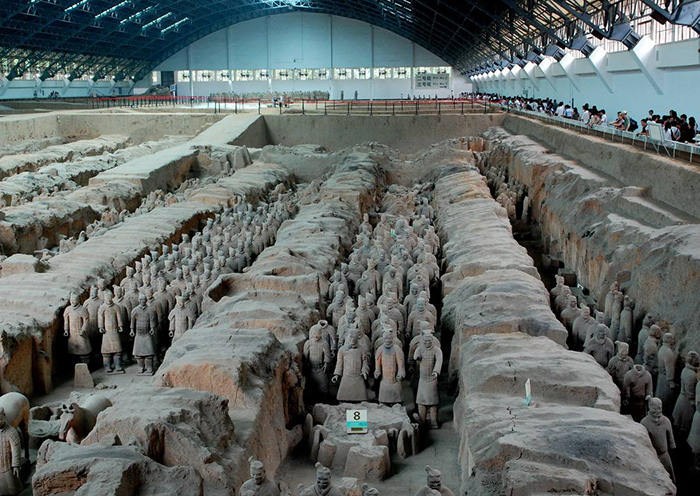
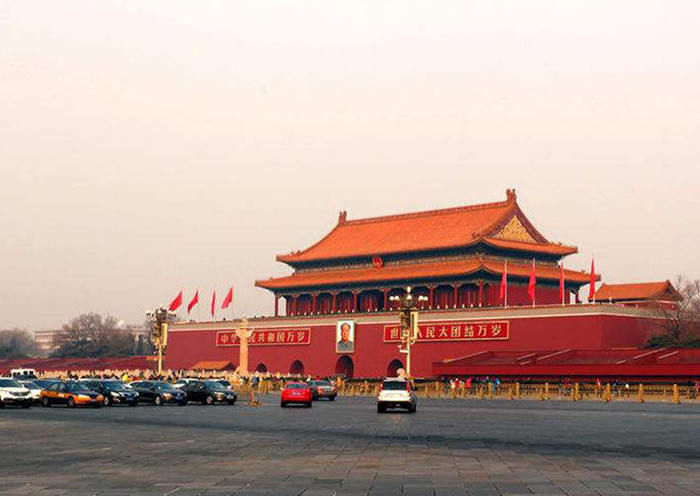
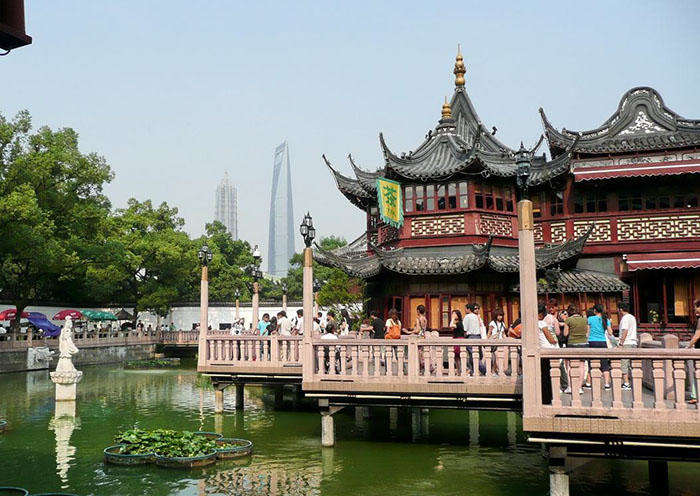
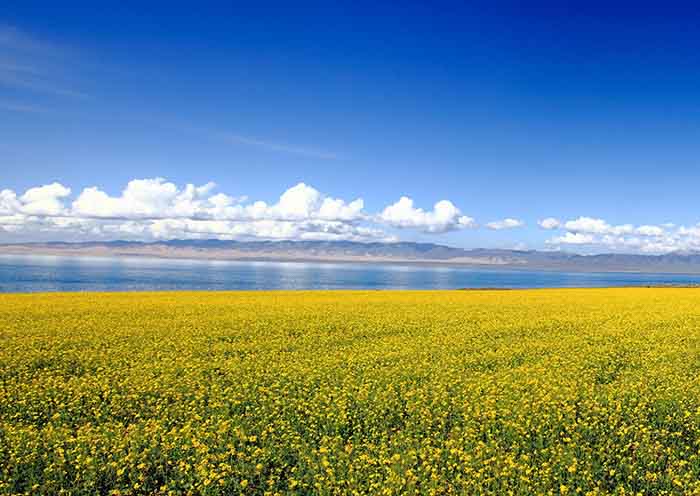
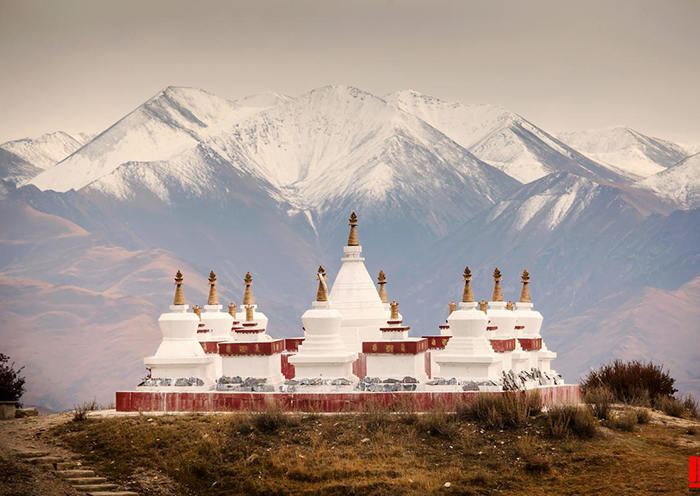
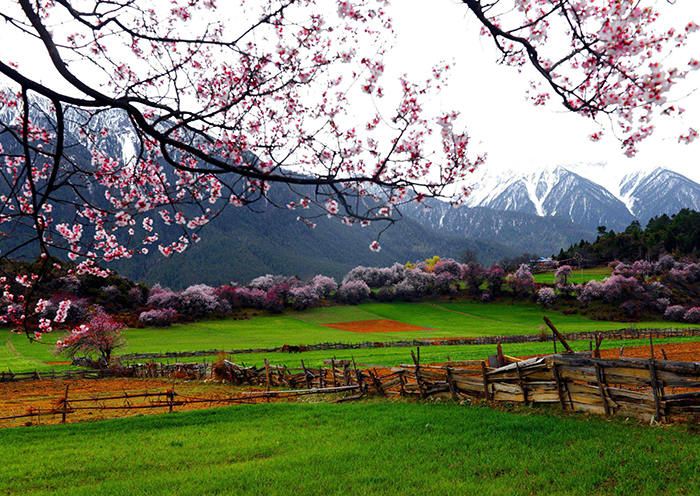
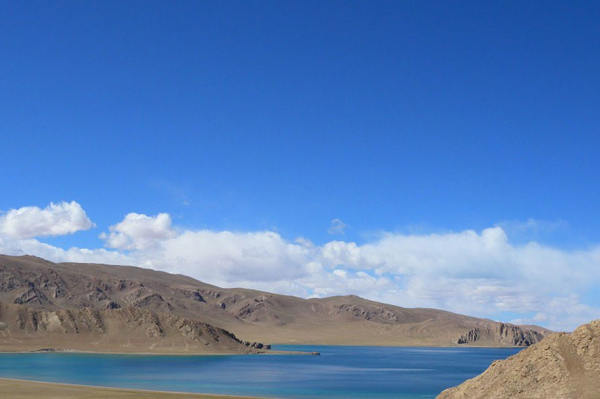
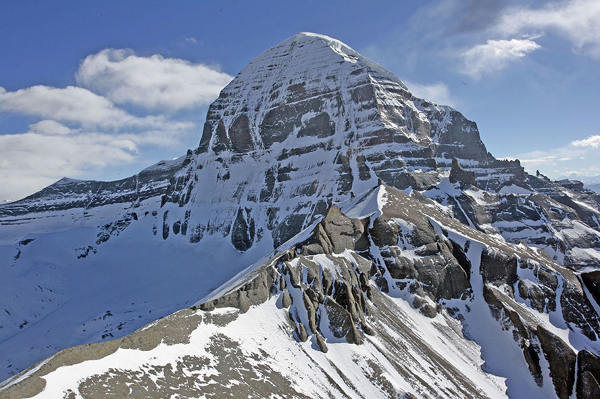
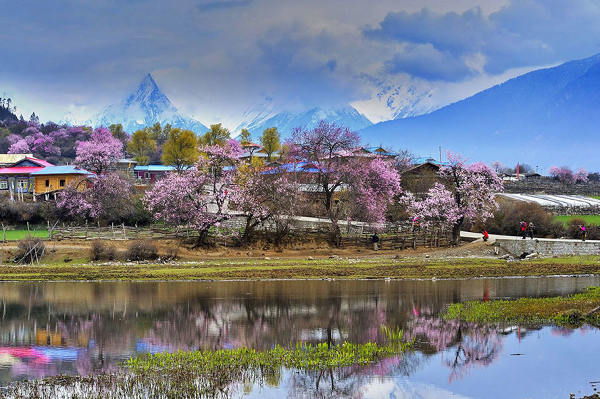
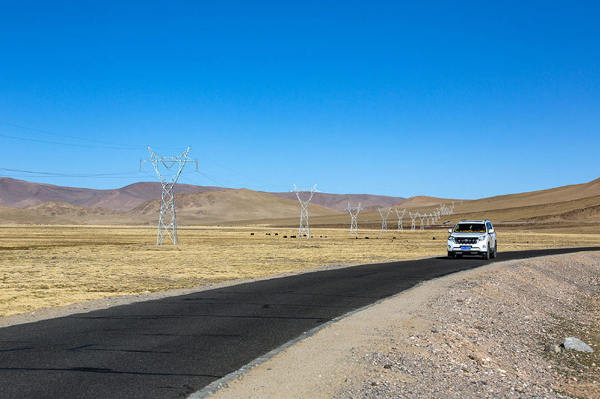

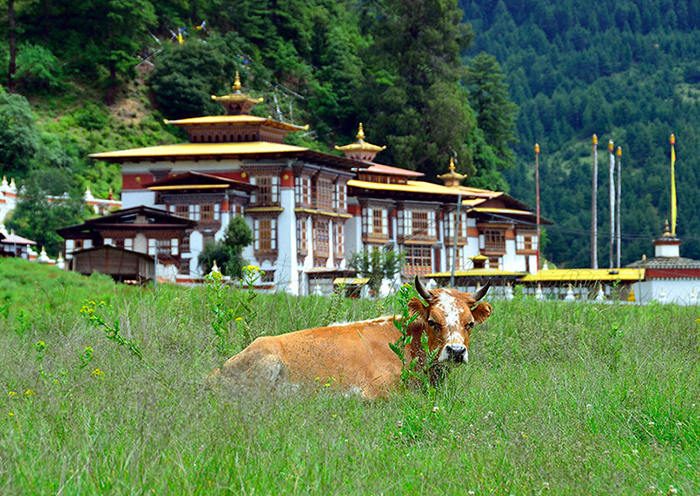
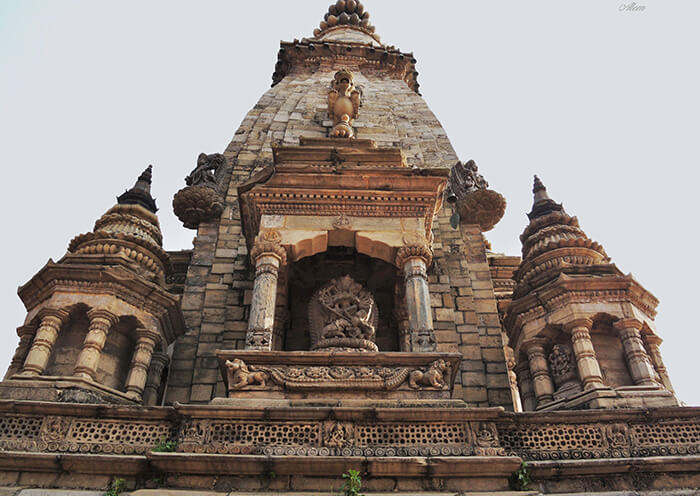
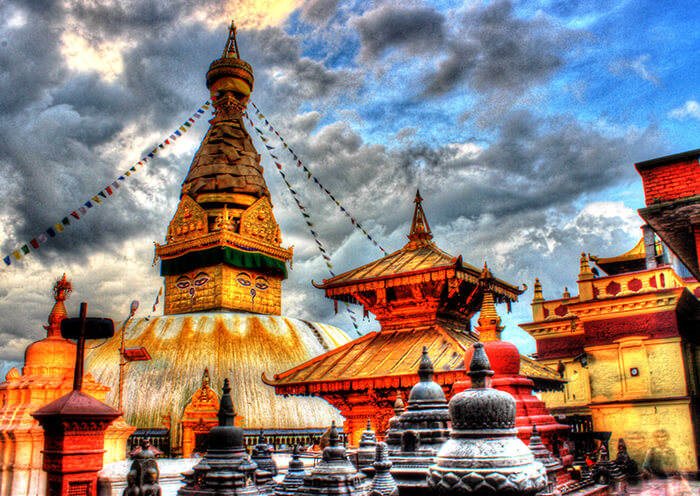

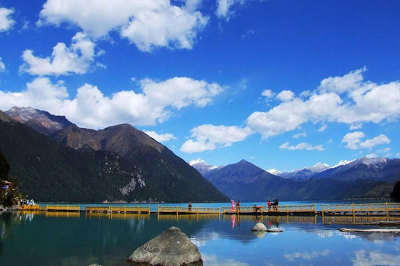
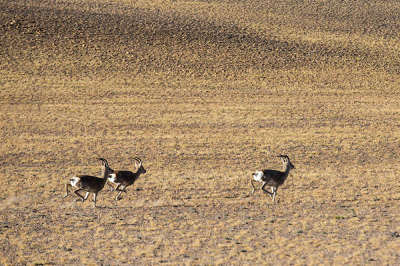
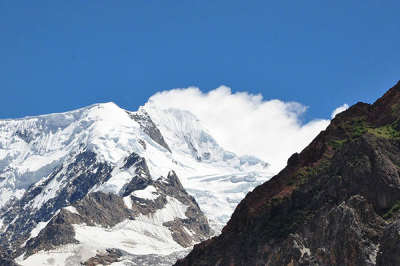
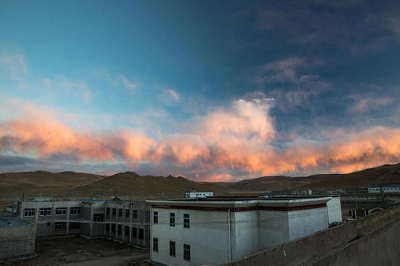



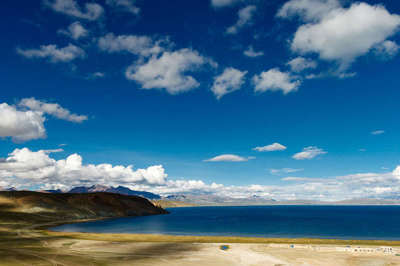


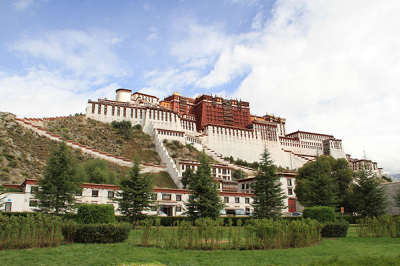
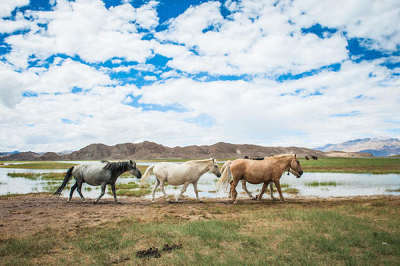



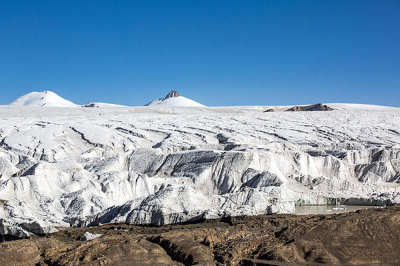



 Data in submission...
Data in submission...